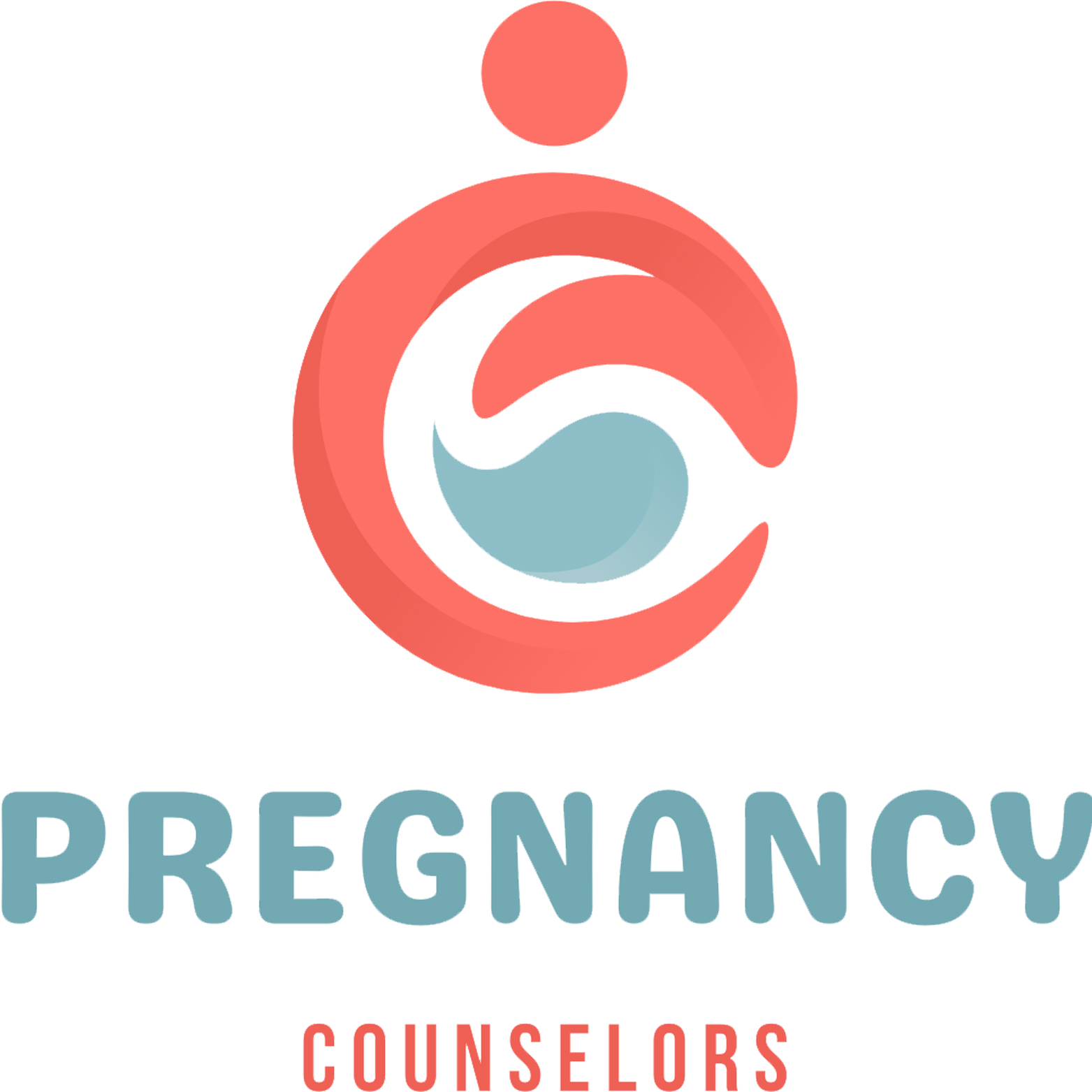Pregnancy is a life-changing journey, brimming with anticipation, joy, and some hurdles. Lasting approximately 40 weeks, it is segmented into three trimesters, each offering distinct changes for both the expectant mother and the growing baby.
This pregnancy month by month guide outlines what to anticipate each month, addressing physical and emotional shifts, fetal growth, and practical advice to navigate this remarkable experience. Whether you’re a first-time mother or expecting another child, grasping the pregnancy month by month progression can help you feel knowledgeable and empowered.
Month 1 (Weeks 1–4): The Beginning
In the first month, many people do not notice pregnancy. This is because conception usually happens around week 2 or 3. This timing depends on your menstrual cycle. The fertilized egg then implants in the uterus. This marks the start of embryonic development. You may feel some signs like tiredness, mild cramping, or spotting. These can be confused with a period.
Fetal Development: The embryo is tiny, about the size of a poppy seed by week 4. The neural tube, which becomes the brain and spinal cord, begins forming, and the heart starts developing.
What to Expect:
- Physical Changes: Possible nausea, breast tenderness, or bloating due to hormonal shifts (rising progesterone and hCG).
- Emotional Changes: Excitement or anxiety if you suspect you’re pregnant.
- Advice: Begin using prenatal vitamins containing folic acid to aid neural tube formation. Verify pregnancy through a home test or a medical appointment around the fourth week. Refrain from alcohol and smoking to safeguard the embryo.
Month 2 (Weeks 5–8): Early Symptoms Emerge
By the second month, pregnancy symptoms become more noticeable. Morning sickness, fatigue, and frequent urination are common as your body adjusts to hormonal changes. You may visit your healthcare provider for an ultrasound, which can detect a heartbeat by week 6 or 7.
Fetal Development: By the eighth week, the embryo grows to about the size of a blueberry. Essential organs, including the heart, lungs, and kidneys, commence development, while facial features such as eyes and ears start to take shape. Tiny limbs appear, and the heart beats steadily.
What to Expect:
- Bodily Adjustments: Experience nausea (often in the morning), an increased sensitivity to odors, and tender breasts. Your uterus begins to grow a bit.
- Emotional Adjustments: Hormonal changes may lead to mood swings; you might feel excited or anxious about the pregnancy.
- Advice: Consume small, regular meals to alleviate nausea. Keep hydrated and rest when you can. Arrange your initial prenatal visit to review health history and screenings. Start looking into childbirth education courses to prepare for the next stages of pregnancy month by month.
Month 3 (Weeks 9–12): The First Trimester Wraps Up
The third month signifies the conclusion of the first trimester. Morning sickness might reach its peak, yet some women find their symptoms diminishing by the 12th week. The likelihood of miscarriage drops considerably after this stage, providing comfort.
Fetal Development: At this stage, your baby is now developing quickly. By the 12th week, the fetus is about the size of a lime. Fingers, toes, and nails are starting to form. The fetus can move, but you won’t feel it yet. The genitals are developing, and the digestive system begins to function.
What to Expect:
- Physical Changes: A slight baby bump may appear, especially in second pregnancies. Fatigue persists, and you may experience constipation or heartburn.
- Emotional Changes: Relief as the pregnancy progresses; possible anxiety about upcoming tests like the nuchal translucency scan.
- Tips: Wear loose, comfortable clothing as your body changes. Discuss genetic screening options with your doctor. Connect with a support group or friends to share experiences through each phase of pregnancy month by month.
Month 4 (Weeks 13–16): Entering the Second Trimester
Welcome to the second trimester, often called the “honeymoon phase” due to reduced nausea and increased energy. Your bump becomes more visible, and you may feel more connected to the pregnancy.
Fetal Development: The fetus grows to the size of an avocado by week 16. It develops a skeleton, and muscles strengthen, allowing more coordinated movements. The fetus can hear sounds, and fine hair (lanugo) covers the body.
What to Expect:
- Physical Changes: Increased appetite, weight gain (1–2 pounds per month), and a noticeable bump. Some experience round ligament pain (sharp aches in the abdomen).
- Emotional Changes: Growing excitement as the pregnancy feels more real; possible concerns about body image.
- Tips: Start maternity shopping for comfort. Practice gentle exercises like prenatal yoga to stay active. Plan a babymoon if desired, as travel is often easiest now during your pregnancy month by month experience.
Month 5 (Weeks 17–20): Feeling the First Kicks
Month 5 is a milestone—you may feel your baby’s first movements, known as “quickening,” between weeks 18 and 20. This is also when many parents learn the baby’s sex during an anatomy scan.
Fetal Development: The fetus reaches the size of a banana by week 20. It develops a sleep-wake cycle, and vernix (a protective coating) forms on the skin. A stethoscope can detect a strong heartbeat.
What to Expect:
- Physical Changes: A more pronounced bump, possible backaches, and skin changes like the linea nigra (dark line on the belly). Heartburn or nasal congestion may persist.
- Emotional Changes: Joy at feeling kicks; anticipation for the gender reveal (if chosen).
- Tips: Sleep on your side (preferably left) to improve circulation. Use pillows for comfort. Begin researching childbirth options (hospital, birthing center, or home birth) as you continue your pregnancy month by month journey.
Month 6 (Weeks 21–24): Growing and Glowing
By month 6, your pregnancy is unmistakable, and you’re likely enjoying the “pregnancy glow” from increased blood flow. The baby’s movements become more distinct, delighting you and your partner.
Fetal Development: The fetus is about the size of an ear of corn by week 24. Lungs develop further, though they’re not yet functional. The baby responds to sounds and may hiccup, which you might feel.
What to Expect:
- Physical Changes: Weight gain accelerates (about 0.5–1 pound per week). You may experience leg cramps, swelling in feet, or Braxton Hicks contractions (practice contractions).
- Emotional Changes: Bonding with the baby through kicks; possible stress about parenting preparations.
- Tips: Stay hydrated to reduce swelling. Attend prenatal classes to learn about labor and breastfeeding. Start setting up the nursery to feel prepared for the next stage of your pregnancy month by month timeline.
Month 7 (Weeks 25–28): The Third Trimester Begins
The third trimester starts, bringing you closer to meeting your baby. You may feel more tired as your body works harder, and doctor visits become more frequent.
Fetal Development: The fetus grows to the size of a cauliflower by week 28. Eyes open, and the brain develops rapidly. Fat layers form, helping regulate body temperature after birth.
What to Expect:
- Physical Changes: Shortness of breath, difficulty sleeping, and increased back pain due to the growing uterus. Frequent urination returns as the baby presses on the bladder.
- Emotional Changes: Excitement mixed with impatience; possible anxiety about labor.
- Tips: Practice relaxation techniques like deep breathing for labor prep. Pack your hospital bag in case of early delivery. Discuss your birth plan with your healthcare provider during this vital pregnancy month by month phase.
Month 8 (Weeks 29–32): Preparing for Birth
Month 8 is about final preparations. Your baby’s kicks are stronger, and you’re likely counting them daily to monitor health. Discomfort increases as space in your body gets tight.
Fetal Development: The fetus reaches the size of a pineapple by week 32. Most babies settle into a head-down position. Bones harden, but the skull remains soft for birth.
What to Expect:
- Physical Changes: Intense pressure in the pelvis, trouble sleeping, and more Braxton Hicks contractions. Heartburn and swelling may worsen.
- Emotional Changes: Nesting instincts kick in; possible overwhelm about parenthood.
- Tips: Rest as much as possible, using pillows for support. Attend a hospital tour if delivering there. Finalize baby gear like car seats and strollers for the last stretch of your pregnancy month by month journey.
Month 9 (Weeks 33–36): The Final Stretch
The final month is both exciting and challenging. Your baby is nearly ready, and you’re counting down to labor. Doctor visits are weekly to monitor for signs of labor.
Fetal Development: The fetus grows to the size of a honeydew melon by week 36. Lungs mature, and the baby gains about 0.5 pounds per week. Most organ systems fully develop.
What to Expect:
- Physical Changes: Extreme fatigue, pelvic discomfort, and frequent Braxton Hicks. You may notice the baby “dropping” lower, easing breathing but increasing bladder pressure.
- Emotional Changes: Anticipation and nervousness about labor; eagerness to meet the baby.
- Tips: Practice perineal massage to reduce tearing risk during birth. Keep your doctor’s contact handy. Lean on your support system for emotional encouragement as you conclude your pregnancy month by month timeline.
Month 10 (Weeks 37–40): Ready to Meet Your Baby
Technically, pregnancy can extend to 40 weeks or beyond, though only 4% of babies are born on their due date. Doctors consider you full-term at 37 weeks, and labor could start anytime.
Fetal Development: The baby is the size of a watermelon by week 40, weighing 6–9 pounds. The brain and lungs continue maturing, and the baby is ready for life outside the womb.
What to Expect:
- Physical Changes: Strong contractions, possible loss of the mucus plug, or water breaking. Discomfort peaks, but adrenaline keeps you going.
- Emotional Changes: Impatience and excitement; possible fear about labor pain.
- Tips: Monitor for labor signs (regular contractions, fluid leak). Stay calm with breathing exercises. Trust your body and medical team as you prepare for delivery.
Final Thoughts
Pregnancy is a unique journey, and every woman’s experience differs. By knowing what to expect each month, you can prepare for physical and emotional changes. You can celebrate milestones and face challenges with confidence.
Regular prenatal care, a healthy lifestyle, and a strong support network are key to a smooth pregnancy. As you approach delivery, focus on self-care and trust that your body is doing incredible work to bring your baby into the world. Let this pregnancy month by month guide serve as a reliable companion through each beautiful stage.
Pregnancy Month by Month – FAQ
1. What is the typical length of pregnancy?
A full-term pregnancy lasts about 40 weeks, counted from the first day of your last menstrual period (LMP). It is divided into three trimesters and typically spans around 9 months.
2. How do I track my pregnancy month by month?
You can track your pregnancy month by using a due date calculator or pregnancy app. Your doctor will also guide you using ultrasound reports and gestational weeks.
3. When will I start feeling the baby move?
Most women start feeling fetal movement between weeks 18 to 22, typically during the 5th month of pregnancy.
4. Is it normal to not show a baby bump in the first trimester?
Yes. Every pregnancy is different. Some women may not show until the second trimester, especially during their first pregnancy.
5. Can I travel during pregnancy?
Yes, but the second trimester (months 4–6) is generally the safest time to travel. Always consult your healthcare provider before planning any trips.

